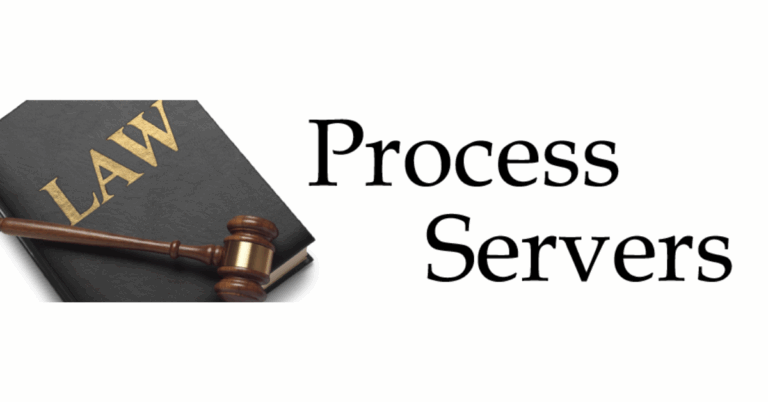Best CRM for Higher Education
In today’s competitive educational landscape, institutions must adopt modern technology to streamline operations, improve student engagement, and enhance admissions efficiency. One of the most impactful tools in this context is a Customer Relationship Management system. Finding the Best CRM For Higher Education is no longer a luxury but a necessity. This article explores the benefits, features, and criteria for selecting the best CRM for higher education institutions.
What is a CRM in Higher Education?
A CRM, or Customer Relationship Management system, is traditionally used in sales and marketing, but in the context of higher education, it is a powerful tool for managing relationships with prospective students, current students, alumni, and other stakeholders. The best CRM for higher education goes beyond managing contacts—it facilitates seamless communication, tracks engagement, automates workflows, and provides data-driven insights.
Why Higher Education Institutions Need a CRM
The role of a CRM in higher education has evolved from simple contact management to a complete student lifecycle management solution. Here are some reasons why institutions should invest in the best CRM for higher education:
-
Enhanced Student Engagement: Track student inquiries, interactions, and responses in real time.
-
Personalized Communication: Deliver targeted messages based on behavior, interests, and academic goals.
-
Streamlined Admissions Process: Automate applications, document collection, interview scheduling, and follow-ups.
-
Improved Retention and Alumni Relations: Maintain continuous engagement beyond graduation.
Key Features of the Best CRM for Higher Education
To qualify as the best CRM for higher education, the software must include several essential features tailored to the education sector. Below are the most critical functionalities:
1. Lead and Inquiry Management
Efficient handling of student inquiries is a must. The best CRM for higher education should capture leads from multiple channels such as websites, social media, and offline events, and categorize them based on interest and stage in the admission funnel.
2. Automation of Workflows
Automation is key to saving time and reducing human error. From sending emails to scheduling campus tours or interviews, the best CRM for higher education simplifies these repetitive tasks through intelligent workflows.
3. Communication Tools
Integrated SMS, email, and even WhatsApp communication ensure that institutions stay connected with prospective and current students. This enhances the responsiveness of the admissions office.
4. Analytics and Reporting
The best CRM for higher education provides insights into the performance of marketing campaigns, admission rates, student engagement, and counselor performance. Dashboards and customized reports help institutions make data-driven decisions.
5. Integration Capabilities
Integration with existing systems such as Learning Management Systems (LMS), Enterprise Resource Planning (ERP), and financial platforms ensures that the CRM functions as part of a cohesive ecosystem.
6. Mobile Access
Staff and faculty must have access to CRM data on the go. A mobile-friendly interface or dedicated app is crucial for on-campus or remote operations.
Benefits of Using the Best CRM for Higher Education
Choosing the best CRM for higher education offers a wide range of advantages:
-
Improved Recruitment Outcomes: Track applicant progress and optimize conversion strategies.
-
Data Centralization: Store all interactions in one place, making data easily accessible.
-
Resource Optimization: Reduce manual tasks and free up staff time for strategic work.
-
Higher Student Satisfaction: Timely, relevant communication enhances the student experience.
-
Alumni Engagement: Keep graduates engaged with events, donations, and networking opportunities.
How to Choose the Best CRM for Higher Education
When selecting the best CRM for higher education, institutions should follow a structured approach:
Define Your Objectives
Start by identifying specific goals: Is it boosting enrollment, improving student services, or engaging alumni? Understanding your objectives will help you find a CRM that aligns with your institutional mission.
Evaluate Usability
The system should be user-friendly for non-technical staff. A steep learning curve can hinder adoption, making simplicity a key factor in selecting the best CRM for higher education.
Check for Scalability
The best CRM for higher education should grow with your institution. As your programs expand, the CRM must be able to handle increasing data and user loads.
Look for Customization Options
Every institution is unique. A customizable CRM that can adapt to your admission workflows, communication preferences, and reporting formats is invaluable.
Assess Support and Training
Choose a vendor that offers comprehensive onboarding, training materials, and responsive support. Even the best CRM for higher education needs proper implementation to deliver results.
CRM Use Cases in Higher Education
Let’s look at how the best CRM for higher education can be used across different departments:
Admissions Office
Automate inquiry follow-ups, schedule interviews, send reminders, and track application status in real-time.
Marketing Team
Run multi-channel campaigns targeting specific demographics or geographies, and analyze which campaign yields the highest conversion.
Student Services
Use the CRM to schedule counseling sessions, track academic support interactions, and manage extracurricular activities.
Alumni Relations
Keep alumni connected through event invites, donation drives, and newsletters, all managed via the CRM.
Real-World Results of Using the Best CRM for Higher Education
Many institutions that have adopted a specialized CRM report significant improvements:
-
30% increase in enrollment conversion rates
-
40% reduction in manual workload for admissions teams
-
50% better engagement rates in email campaigns
-
Enhanced alumni donations through targeted outreach
These metrics demonstrate the tangible value of investing in the best CRM for higher education.
Common Challenges and How the Best CRM for Higher Education Solves Them
Institutions often face several hurdles that a CRM can address effectively:
-
Disjointed Communication: Centralized communication ensures consistency across departments.
-
Data Silos: Unified CRM databases break down barriers and foster collaboration.
-
Manual Processes: Automation eliminates repetitive tasks, improving efficiency.
-
Lack of Personalization: Dynamic segmentation and behavior tracking support tailored engagement.
Future of CRM in Higher Education
The future of the best CRM for higher education lies in AI and predictive analytics. These tools will help institutions identify at-risk students, forecast enrollment trends, and personalize the learning journey. CRM platforms will also become more integrated with other educational technologies, creating a seamless digital experience.
Frequently Asked Questions (FAQ)
What is the best CRM for higher education?
The best CRM for higher education is one that offers lead management, workflow automation, analytics, and integration capabilities tailored specifically to academic institutions.
How does a CRM help in student recruitment?
A CRM helps track every interaction with prospective students, automates follow-ups, personalizes communication, and provides analytics to improve recruitment strategies.
Can a CRM integrate with existing university systems?
Yes, the best CRM for higher education integrates with LMS, ERP, financial systems, and communication platforms, creating a unified technology ecosystem.
Is a CRM useful for small colleges?
Absolutely. Smaller institutions can benefit even more from the best CRM for higher education by automating tasks and making the most of limited staff resources.
How long does it take to implement a CRM?
Implementation time depends on the complexity of your institution’s needs. Typically, it takes a few weeks to a few months for full deployment and training.







